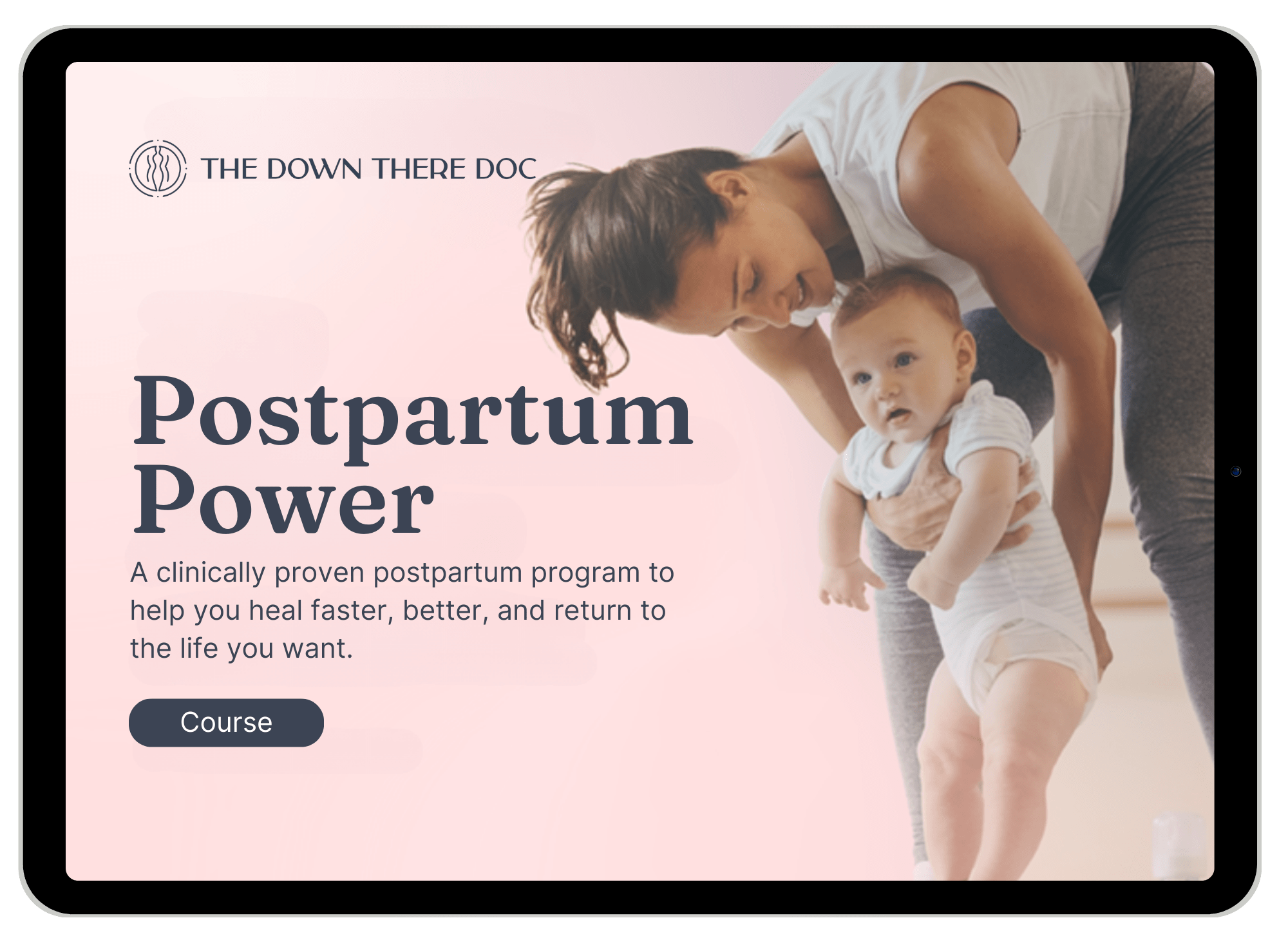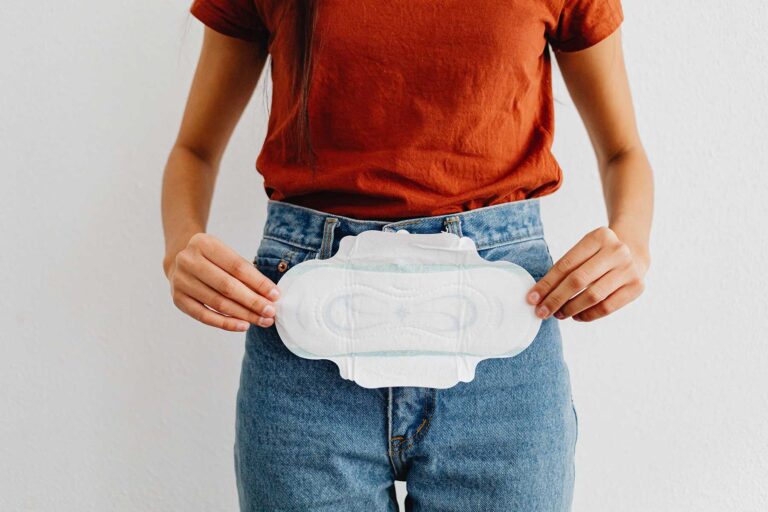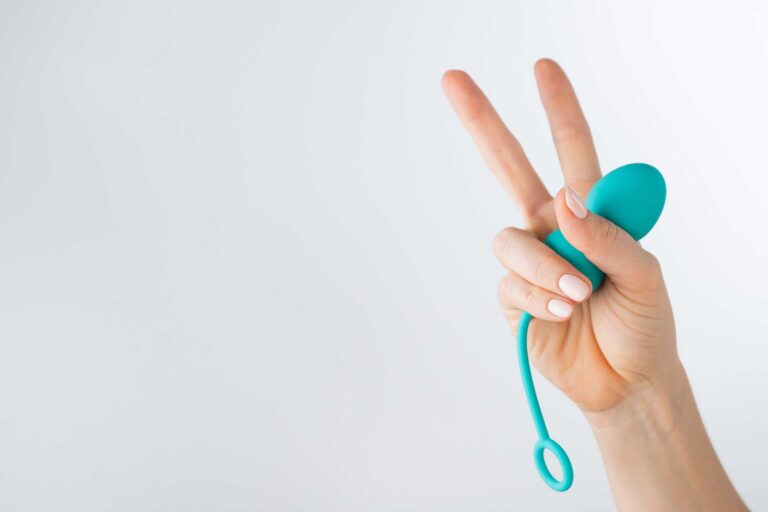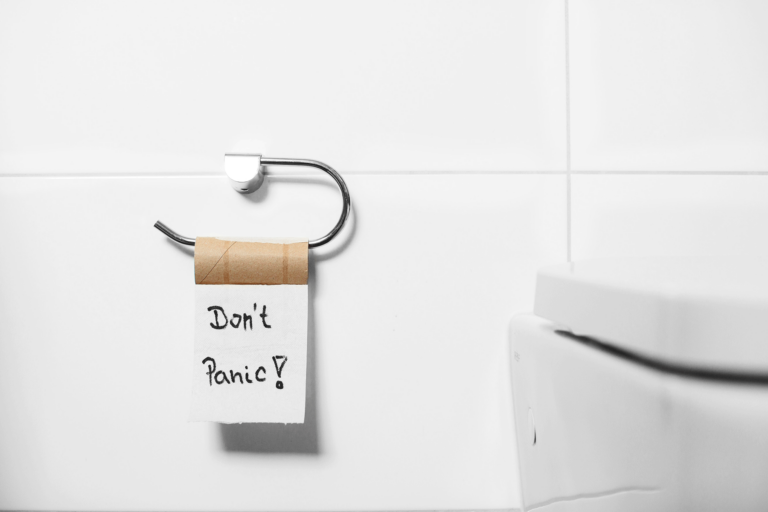Diastasis Recti is a condition that affects many women during and after pregnancy. It occurs when the abdominal muscles separate or weaken, causing the belly to protrude. In this blog post, we will discuss what Diastasis Recti is, how it develops, signs and symptoms to look out for, how to test for it, and recovery options.
What is Diastasis Recti and How Does it Develop?
Diastasis Recti is a condition that occurs when the abdominal muscles separate or weaken. This can happen during pregnancy, as the growing baby puts pressure on the abdominal muscles.
The Rectus Abdominus, or “6 pack” abs, run up and down from your sternum to your pubic bone. In order to make room for the growing baby and uterus, the muscles will separate away from the middle of the abdomen, where they attach into something called the “Linea Alba”.
DRA is not a tearing of the muscle, and is different than a hernia, however, you can have a hernia and DRA at the same time. DRA is considered normal in pregnancy, and in fact, it’s typical for everyone (men too!) to have a separation around 1-2 cm, regardless of whether you’ve been pregnant or not.
See Also

Postpartum Power
Signs and Symptoms of Diastasis Recti
The most common sign of Diastasis Recti is a protruding belly that does not go away with exercise or weight loss. Other symptoms may include lower back pain, urinary incontinence, and difficulty with bowel movements.
You may notice a bulge, a cone, or a tent pop up in your abdomen when you are trying to get up from laying down, exercise, sit up, or do any type of abdominal exercise. Usually, DRA is not painful, but some studies link it with back pain, due to the presence of abdominal weakness that comes along with DRA.
How to Test for Diastasis Recti
You can do a quick test at home to see if you have a separation, but something to note: it’s ok if you do! We aren’t so concerned about the size of the separation, but more so about how deep you can feel and how those muscles are working with your pelvic floor muscles.
Start by lying on your back with your knees bent and feet flat on the floor. Place one hand behind your head and put two fingers at your belly button. Do a mini sit-up or crunch and see if you can feel the edges of your abdominal muscles. Place two to three fingers in the gap and take note of how many fingers can fit, how soft the gap is, and how much tension there is or isn’t in the gap.
In the clinic, I also perform this type of test, but I use a tape measure to increase precision and track improvements. The gold standard for measurement is using real-time ultrasound, followed by calipers, tape measure, and finger width.
How to Prevent Diastasis Recti During Pregnancy
While not all cases of Diastasis Recti can be prevented, there are steps you can take to reduce your risk.
It’s important to remember that Diastasis Recti, a separation of the abdominal muscles, is a common occurrence during pregnancy, but it can also be present in people who have never been pregnant. During pregnancy, it’s important to use your abdominal and pelvic floor muscles properly to reduce the forward load on the muscles and keep them strong and functioning so recovery is easier.
I am also a fan of compression garments or leggings that cover the belly and provide support for the abdominal muscles and pelvic floor during pregnancy. Check out our blog on the benefits of compression to learn more about using compression garments.
My favorite brand is SRC Health (use code #Marcy_Crouch for a discount if you find something you like). They make comfy leggings for both pregnancy and postpartum that help support the muscles and speed recovery.
Recovery Options for Diastasis Recti
There are several exercises that can help heal Diastasis Recti, including pelvic tilts, modified planks, and the seated knee lift. It is important to work with a qualified professional who can guide you through these exercises and ensure that you are doing them correctly.
Check out our blog post, 3 Exercises to Strengthen Your Core After Having a Baby, for a walkthrough of some exercises that can help.
In some cases, surgery may be necessary to repair Diastasis Recti. If you are experiencing symptoms of Diastasis Recti, it is important to speak with your healthcare provider to determine the best course of treatment for you.
By understanding the signs, symptoms, and treatment options for Diastasis Recti, you can take steps to prevent and heal this common condition.








